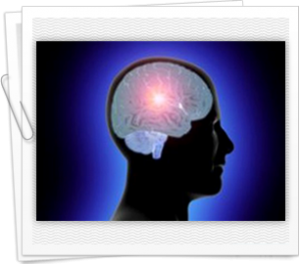Online CPR Certification Blog
Freezer fault destroys stored brains in a resource center
Date: July 28th, 2014
 A fault in the Harvard affiliated hospital has led to a third of the world donated brain tissue for autism research being destroyed. A spokesman for the hospital has said that it’s too early for the hospital to assess the damage that was discovered the previous month in Mac lean hospital located in Massachusetts. However, the spokesman for the hospitals but one scientist has speculated that the incident could set back the autism research almost by a decade.
A fault in the Harvard affiliated hospital has led to a third of the world donated brain tissue for autism research being destroyed. A spokesman for the hospital has said that it’s too early for the hospital to assess the damage that was discovered the previous month in Mac lean hospital located in Massachusetts. However, the spokesman for the hospitals but one scientist has speculated that the incident could set back the autism research almost by a decade.
How it all started and happened
In total 93 brain tissues were destroyed in the Harvard brain tissue resource center 53 of the brain tissue were dedicated to autism research. A spokeswoman for the research center Adriana Bobinchock has said that two investigations are underway to establish the cause of the freezer failure. The third investigation will soon begin. As D Francine Benes put it the brain data that was lost during freezer failure is priceless. While the investigators said that they couldn’t rule out foul play, it’s highly impossible since the brain data bank was only accessible only by two keys one held by the security staff and the other on held by the brain bank staff.
How secure is the brain bank?
The brain bank is under 24 hour surveillance. Bobinchock said that the inquiry would concentrate on what caused the failure of the freezer considering that the brain bank has two alarms, which could have been triggered by the heat. The freezer is also checked twice by the staff who read the digital readout which is on the outside of the freezer. But when the staff checked the freezer they noticed that the temperature inside didn’t match the readout on the digital display which in normal standard reads minus 79 degrees centigrade. The two alarms that were connected to the circuit had not gone off.
The malfunction of the freezer was discovered on May 31st after at least three day of the temperature rise. By this time it was too late to prevent the thawing of the brain tissues. However, more tests are underway to determine if the DNA of the brain tissue is still in good shape and intact and can be used for genetic research. However, Bobinchock says that it’s still not clear if the brain tissue meets the standards of the neurologists
52 of the brain tissues had been bisected and soaked in formalin and thus they remained viable for use in research. They have since been given to specific research center like the brain atlas project. It was Pardo’s research using the brains that from the research that linked the disorder to the immune system. The collection “yields very important information that allow the doctors to understand better what autism is “, said Pardo.
In an open letter the spokeswoman for the research center said that many of the damaged tissue had been already used for research. She also said that the failure in the freezer had not happened in the 35 years of the existence of the research center. She also added that she is reaching out to the families of the people who had donated their brain tissues.